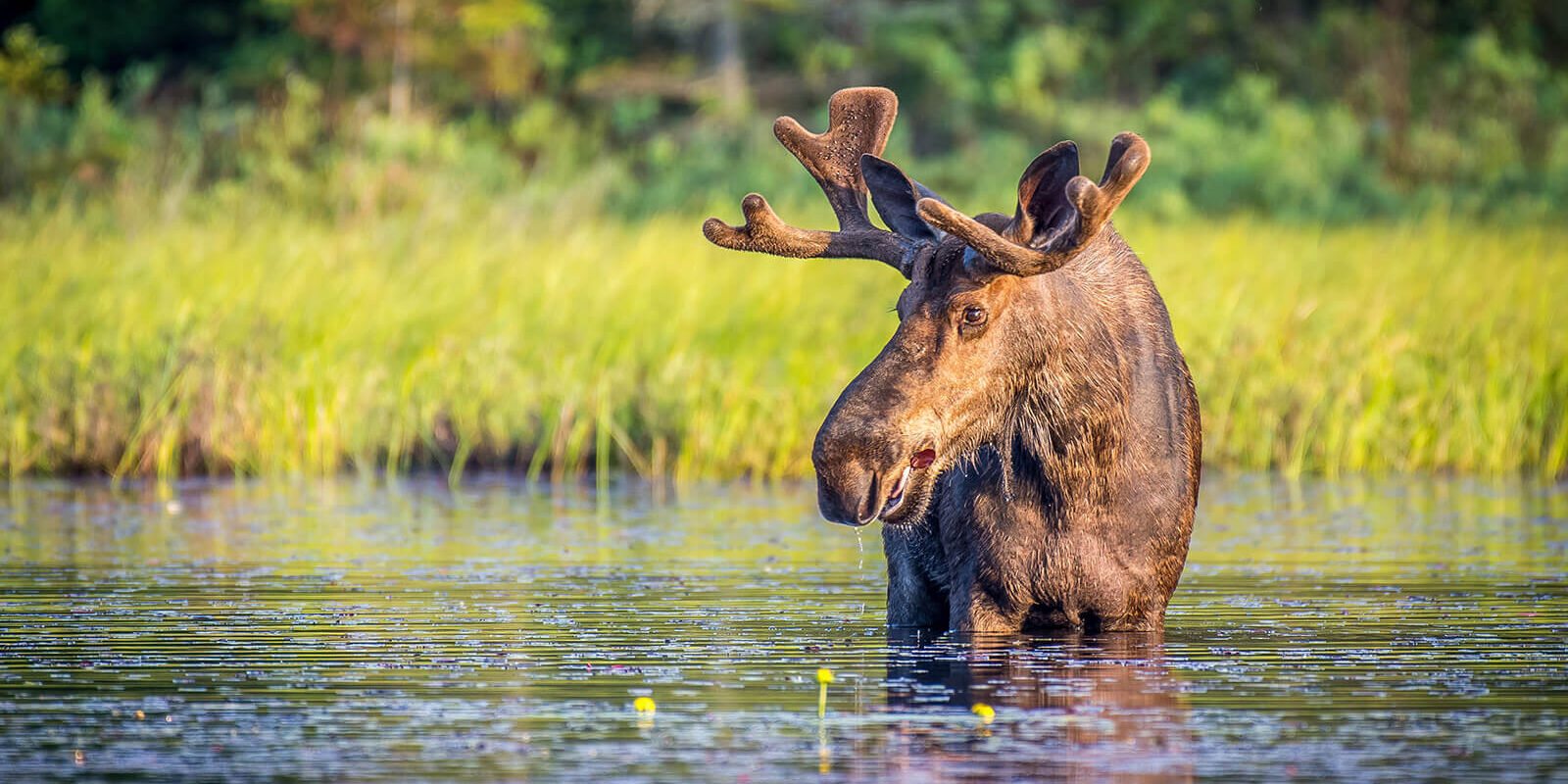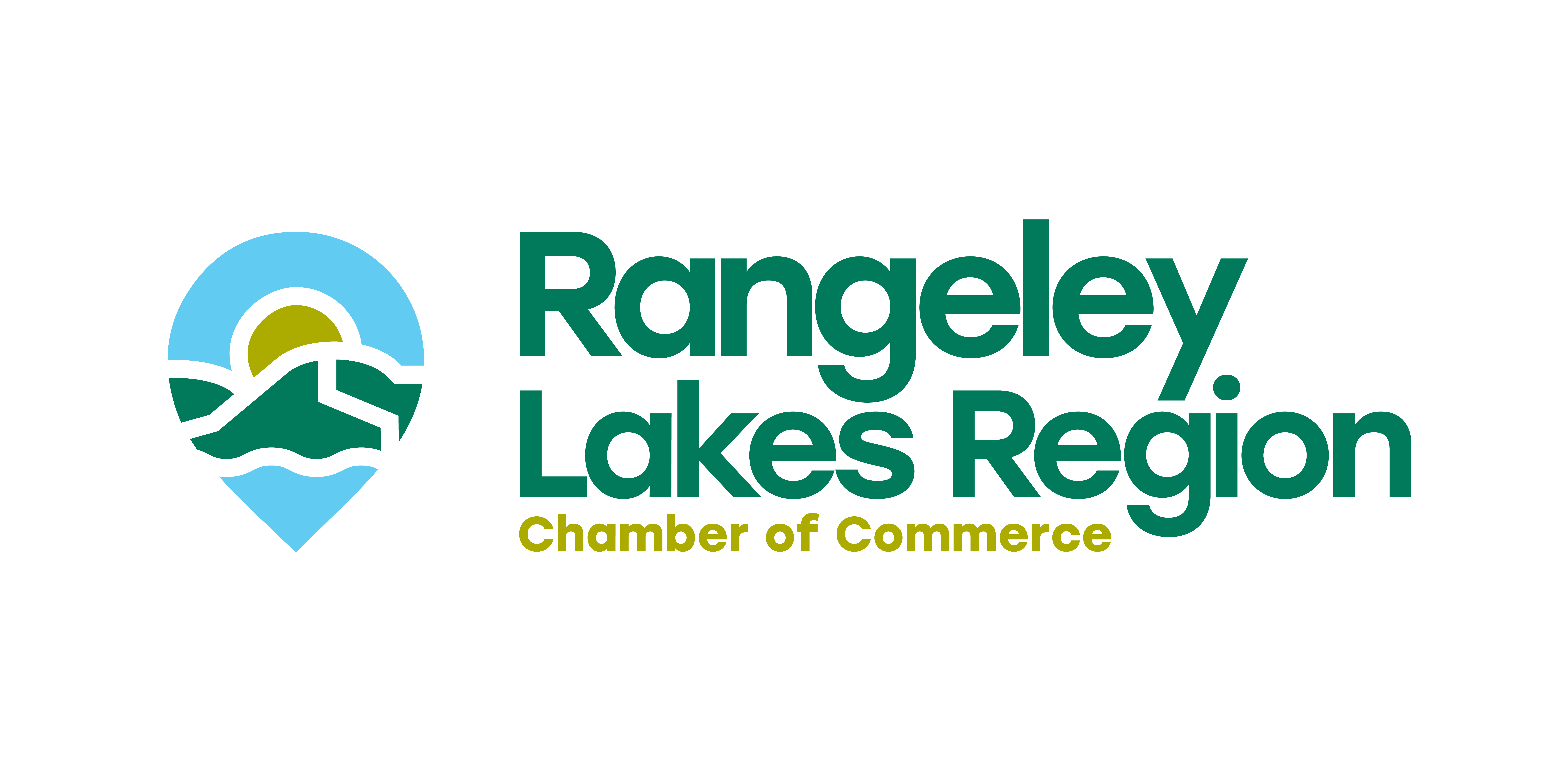Wildlife Viewing

Embark on a Wild Adventure
Rangeley is filled with wildlife. Keep an eye out for the majestic moose, the largest member of the deer family, or the charming common loon with its striking black-and-white plumage. Other locals include bald eagles, deer, foxes, black bears, and bobcats.
Whether captivated by the antics of gangly moose calves or marveling at the grandeur of a mature bull moose's rack, catching a glimpse of Maine's official state animal is a treat. Keep your camera ready to capture one in its natural habitat. Plan to visit from late spring to mid-summer and September to increase your chances of seeing moose. Early morning and evening (dawn and dusk) are prime times for spotting these gentle giants as they graze on woodland and aquatic vegetation.
Book a few hours with one of Rangeley's Registered Maine guides for an expert-guided moose safari.
Another favorite, the common loon, adorned in distinctive black-and-white breeding plumage with striking red eyes, graces the lakes with its elegance. Watch as they gracefully dive for fish, and if you're lucky, catch a heartwarming glimpse of loon chicks hitching a ride on their parents' backs. The lakes come alive with the enchanting calls of loons echoing through the wilderness.
Top Moose Sighting Spots
Rangeley – Oquossoc, Maine Area
- Route 16: Rangeley to Stratton
- Route 16: Rangeley/Oquossoc to Wilson’s Mills to New Hampshire border
- Route 17: Rangeley/Oquossoc to Rumford, between Rangeley Scenic Overlook & Height of Land.
Phillips – Weld, Maine Area
- Route 4: Phillips to Rangeley
- Route 142: Between Phillips and Weld
Stratton – Eustis, Maine Area
- Route 27: Between Eustis and the Chain of Ponds
